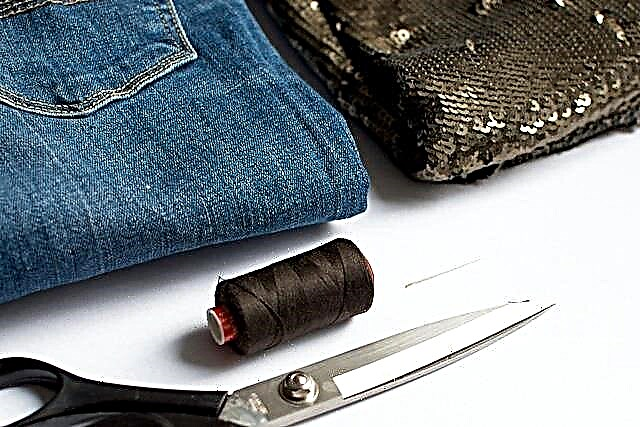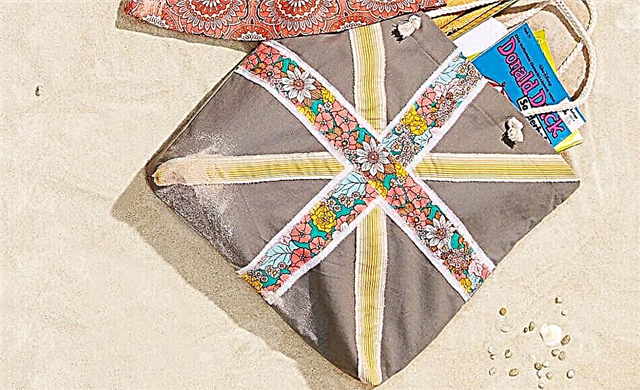Share
Pin
Tweet
Send
Share
Send
Want to stand out and create a vibrant look? Experiment with flavors. Some of them deserve special attention and offer inexhaustible opportunities for self-expression.
 Fragrances of a limited edition have always existed. Remember the famous "Perfumer", whose action takes place many centuries ago. Until the beginning of the 20th century, perfumes were the prerogative of the elite and were often made to order. But at the beginning of the last century, French designer Paul Poiret decided to create a signature fragrance in addition to a suit from a fashion house. After 10 years, his idea was realized by Gabriel Chanel, introducing Chanel No. 5 - still the most popular fragrance in the world. The development of perfumery in those years is largely due to the discovery of synthetic components - by the way, Chanel No. 5 was the first "chemical" smell. Production costs decreased, and perfumes became more affordable. From tiny laboratories, the creation of perfumes gradually moved to the factory workshops, and private perfumers were replaced by large corporations, the main of which were Guerlain and Coty.
Fragrances of a limited edition have always existed. Remember the famous "Perfumer", whose action takes place many centuries ago. Until the beginning of the 20th century, perfumes were the prerogative of the elite and were often made to order. But at the beginning of the last century, French designer Paul Poiret decided to create a signature fragrance in addition to a suit from a fashion house. After 10 years, his idea was realized by Gabriel Chanel, introducing Chanel No. 5 - still the most popular fragrance in the world. The development of perfumery in those years is largely due to the discovery of synthetic components - by the way, Chanel No. 5 was the first "chemical" smell. Production costs decreased, and perfumes became more affordable. From tiny laboratories, the creation of perfumes gradually moved to the factory workshops, and private perfumers were replaced by large corporations, the main of which were Guerlain and Coty.The industry of commercial fragrances was fully formed by the 70s of the XX century. There was a clear classification of odors - floral, woody, fruity, citrus. Concerns begin to produce pleasant, but rather simple perfumes. More attention is paid to bottle design, advertising, and not the composition itself. At this time, niche perfumery is emerging - a sort of protest against commercialization.
Special perfumery
The main difference between niche perfumes and commercial "brothers" is the orientation not towards the consumer, but directly towards the aroma. There is no purpose, to sell as many bottles as possible, accordingly, you do not need to adapt to the tastes of the majority. Niche perfume is always a rather bold experiment, which is not necessarily crowned with commercial success. The freedom of creativity, of course, affects the final cost of the fragrance. Any concern strictly limits the budget for raw materials and production - if the perfume is more expensive than planned, it will be sold worse. Niche brands are not so much dependent on marketing and can afford the rarest and most expensive components, mostly natural ones. This has a decisive influence on the price. However, high cost is not necessarily a sign of "selectivity". Among them there are price niches. For some brands - Roja Dove, Amouage, by Kilian - the price of perfume can reach tens of thousands. Others - for example, MadetLen, AtelierCologne - will cost about the same money as mass-market products.
Other distinctive features of niche perfumes: packaging emphasized simple or, conversely, using precious stones and other delights; lack of mass advertising and star contracts. It is extremely rare for “selectives” to hit the shelves of chain stores. Most often you can buy them in small corners, company boutiques and in the most famous shopping centers, such as London Harrod's or our TSUM.
The pioneer in niche perfumery was the L'Artisan Parfumeur brand, created in 1976 by the Frenchman Jean Laporte. The first fragrance - “Blackberry and Musk” (Mure et Musc) - was released in a small edition. After a couple of years, Annic Goutal introduced her "aromas not for everyone", Dyptique perfumes began to produce perfumes, Amouage brand gained popularity, offering obviously oriental perfumes in a rich design and at a sky-high price.
In the 90s, the star of Serge Luthan rose. Now Serge Lutens fragrances have almost become a classic of selective perfumes, and in general, by the end of the 2000s, there were about 1000 brands in the world that positioned themselves as selective.
Musical notation
In creating niche aromas one cannot do without classical notes - roses, jasmine, sandalwood, aldehydes, musk.However, they are also used here that mass perfumes ignored - spices, figs and even frankincense. These notes give the perfume a special character that mass products lack.
A separate class in "selectives" is perfumes that reproduce a particular smell "from life": the aroma of apple pie, pinacolada, chocolate, Christmas tree or air before a thunderstorm ... As a rule, they are entirely composed of synthetic components and are notable for their low resistance. But this is rather a plus - the perfume can be changed almost every 3 hours to suit the situation and mood. The largest assortment of such aromas is from Demeter and TokyoMilk.
Along with the original, but understandable "edible" and "natural" aromas, there are more strange specimens. Perfumes with the smell of burnt rubber or urban smog, as, for example, at Comme des Garsons, also find their connoisseurs. Of course, not everyone will decide to apply such a fragrance. But, putting it on, you will definitely not go unnoticed.
Mix but do not shake
Selective aromas can often boast of a more original composition. Classical pyramidal ones are replaced by linear ones (different notes solo almost simultaneously). A few years ago, a revolution in perfumery was made by the Molecules brand, which released perfumes consisting of just one note - Ambroxan, a synthetic analogue of ambergris. Serious perfumers, however, are very skeptical of such experiments. However, the trend is obvious.
Further more. Many niche brands offer to mix aromas and create perfumes to suit the mood. So, a floral aroma can be supplemented with vanilla (it is better to take a monoaromat). Citrus and fresh or green odors of different concentrations and consistencies (perfumes and eau de toilette, perfumed water and body cream) are successfully mixed.
Great scope for experiments is given by the brands Malone, Serge Lutens, L'Artisan Parfumeur.
Retro style
Alone in the world of niche perfumes are vintage aromas. Especially valuable are the spirits of the middle of the 20th century, which for one reason or another have been discontinued. Particularly interesting are the designs that any collector will find - Chypre by Coty, L'Heure Bleue Guerlain, Fiji Guy Laroche, 1000 Jean Patou. Many still have a weakness for authentic Climat from Lancome or MagieNoire. Great value among the "Parth maniacs" are the old copies of Chanel (No. 19 or classic No. 5) or Dior (Diorella, Miss Dior).
Please note that many fragrances with similar names are issued to this day. But, as a rule, they have nothing to do with their predecessors. The aroma formulas change over time, the raw materials differ, but the components without which perfumery of fifty years ago is unthinkable are now prohibited. This primarily refers to natural amber and musk. Synthetic analogues do not give such depth as natural ingredients. Therefore, vintage aromas often turn out to be more persistent and reveal quite from an unexpected side. To start acquaintance with vintage perfumes is best with online auctions. Look for “live” vintage in antique shops and, of course, in flea markets. Unfortunately, here you can buy a fake or just spoiled goods. To avoid this, buy only sealed vials.
The same brand can create both commercial and selective flavors. GUERLAIN, CHANEL, HERMES offer mass products that are widely heard and are presented in most cosmetic stores. But go to the branded boutiques of these brands - there the assortment is much more interesting.
The article was published on the basis of the journal "Good advice" 11/2014
Text: Irina Titlina. Photo: PR
Material prepared by Julia Dekanova
Share
Pin
Tweet
Send
Share
Send



